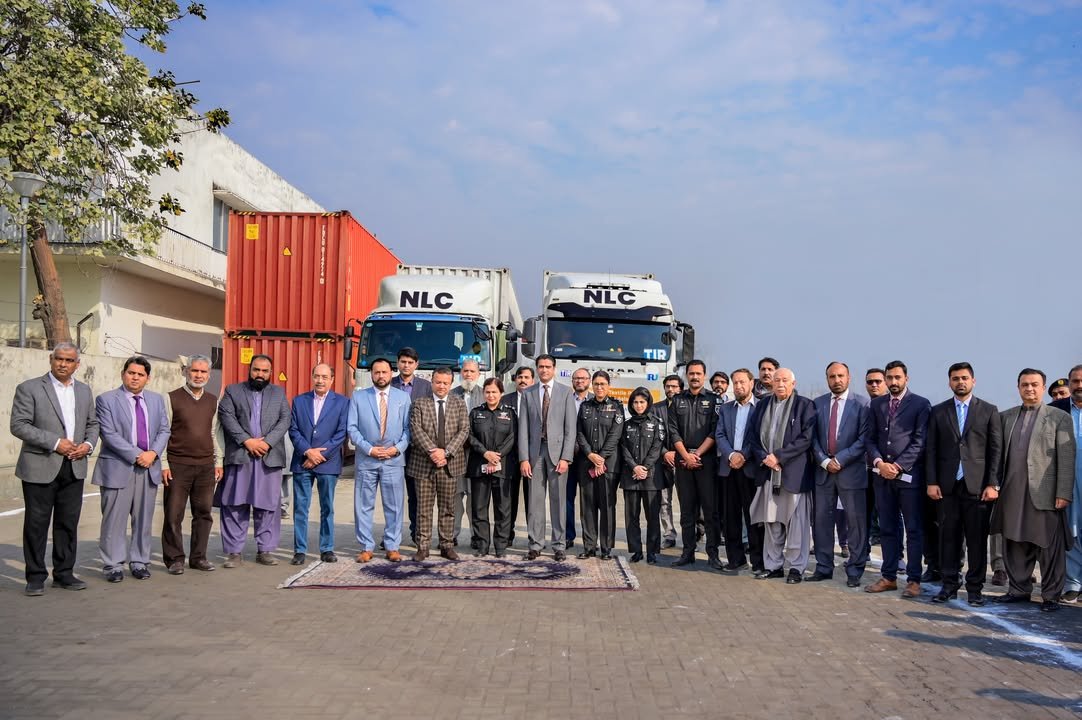The National Logistics Cell (NLC) has taken a significant step toward enhancing Pakistan’s trade infrastructure by converting the Sialkot Dry Port into a TIR (Transports Internationaux Routiers) center. This move is expected to streamline cross-border trade, improve logistics efficiency, and strengthen Pakistan’s position in international commerce.
Enhancing Trade through the TIR System
The TIR system, an internationally recognized customs transit mechanism, allows goods to move seamlessly across borders under a single customs seal. This minimizes checkpoint delays and simplifies trade procedures, making exports and imports more efficient. By establishing a TIR facility at the Sialkot Dry Port, NLC aims to reduce transportation costs and expedite delivery times for businesses operating in the region.
Strategic Importance of Sialkot
Sialkot is a major export hub in Pakistan, renowned for its sports goods, surgical instruments, and leather products. Local businesses rely on efficient logistics to compete in global markets. The introduction of the TIR system at the dry port will provide exporters with faster access to international destinations, especially through key trade corridors.
Boost to Regional and International Trade
This initiative aligns with Pakistan’s broader vision to modernize its logistics infrastructure and facilitate international trade. With the China-Pakistan Economic Corridor (CPEC) and other regional trade agreements in focus, the improved connectivity will help businesses in Sialkot expand their reach to Europe, Central Asia, and beyond.
Conclusion
The NLC’s decision to convert the Sialkot Dry Port into a TIR center marks a crucial step in strengthening Pakistan’s trade logistics. By implementing this globally recognized system, the country aims to increase exports, attract foreign investment, and promote economic growth. This transformation is expected to benefit not only local exporters but also contribute to the overall economic development of Pakistan.





